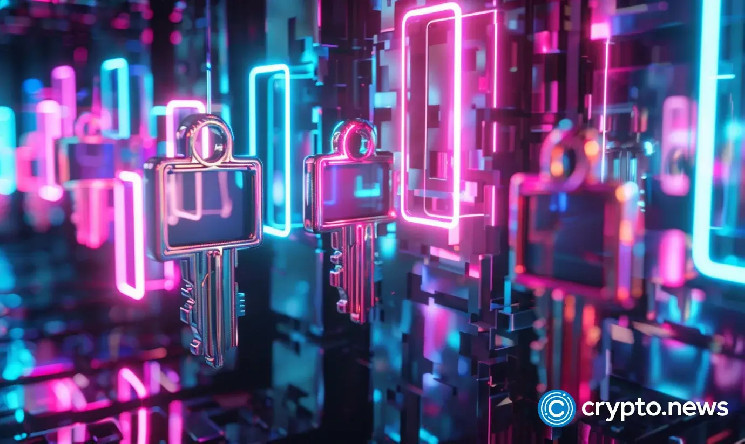
Multisig technology, short for multisignature, is a crucial security feature commonly utilized in decentralized finance projects to bolster the protection of digital assets. Unlike single-key authorization, multisig requires multiple private keys to validate a transaction, offering an additional layer of security. While Multisigs are perceived as a robust security mechanism to safeguard defi projects, the practical effectiveness of this technology remains debatable.
Implementing multisigs signifies a project’s commitment to robust security practices by mitigating the risks of unauthorized access and malicious activities. By requiring multiple signatures or approvals for transactions, these measures demonstrate a dedication to protecting users’ assets and upholding transparency within decentralized financial platforms.
To ensure the practical efficacy of multisig technology, attention must be given to the implementation process and management of signatories. Simply having a majority of team members as signatories may render the multisig ineffective, as it gives the team complete power to alter smart contracts. Incorporating time-delay transactions and diversifying signatories among non-team members can enhance the security of multisigs.
When considering defi security and multisigs, the concept of smart contract upgradeability comes into play. While upgradeability allows for flexibility in adaptability and bug fixes, it also introduces security risks. Multisigs can mitigate these risks by overseeing all contracts, ensuring diverse team representation, and maintaining transparent communication to prevent unauthorized alterations.
To achieve genuine decentralization in multisig control, projects must implement a decentralized governance model involving community members, advisors, and stakeholders. This inclusive approach minimizes single points of failure and increases security by allowing the community to verify the integrity of the multisig.
Implementing multisig technology effectively relies on coordinated efforts among signatories to validate and execute transactions. Communication breakdowns or conflicting decisions among signatories may leave the system vulnerable to exploitation. While multisigs are a valuable security practice, proper implementation and coordination among signatories are essential for their effectiveness.
In conclusion, the implementation of multisig technology plays a pivotal role in enhancing security measures within defi projects. By addressing challenges such as diverse signatories, transparent communication, and decentralized governance, projects can ensure the practical efficacy and security of multisigs in safeguarding digital assets.



